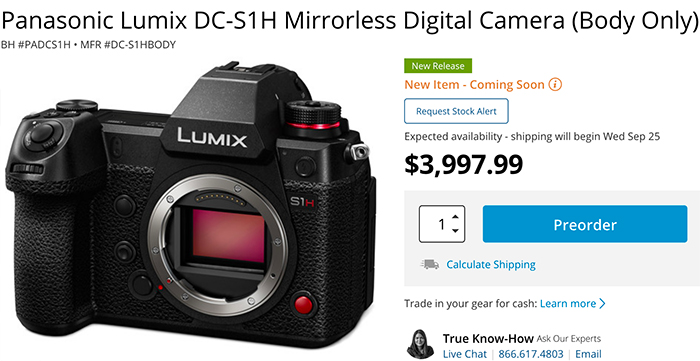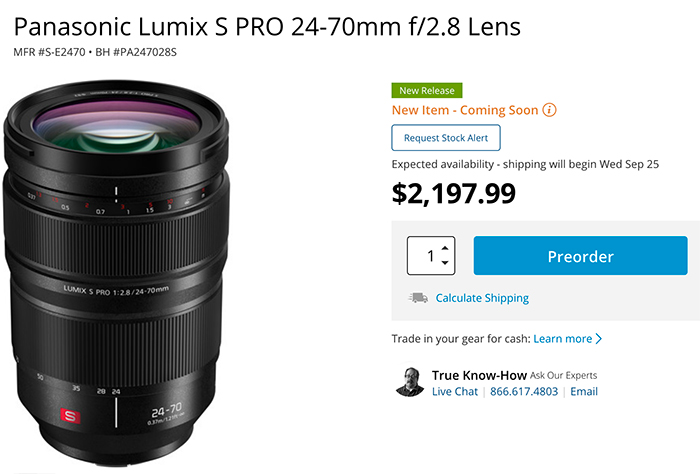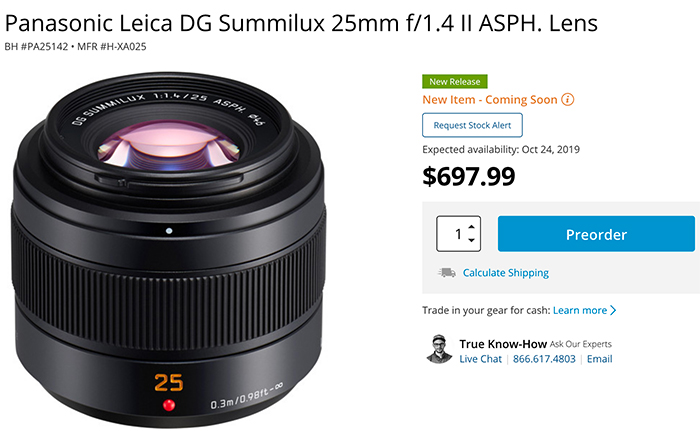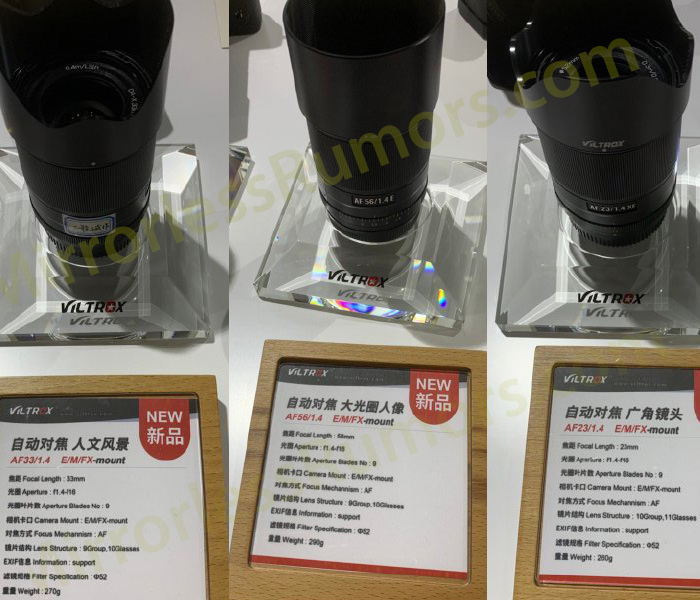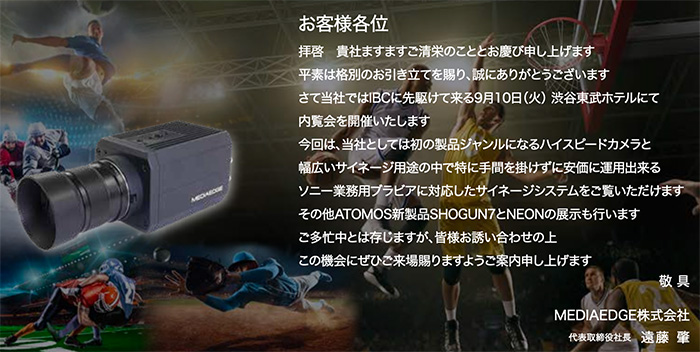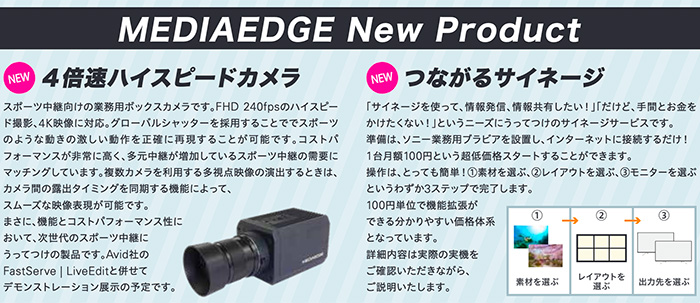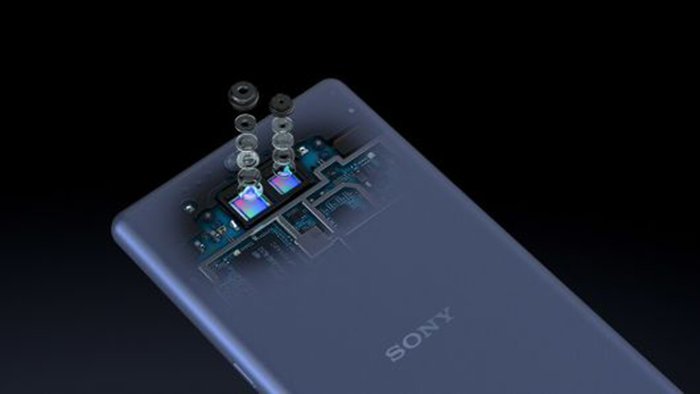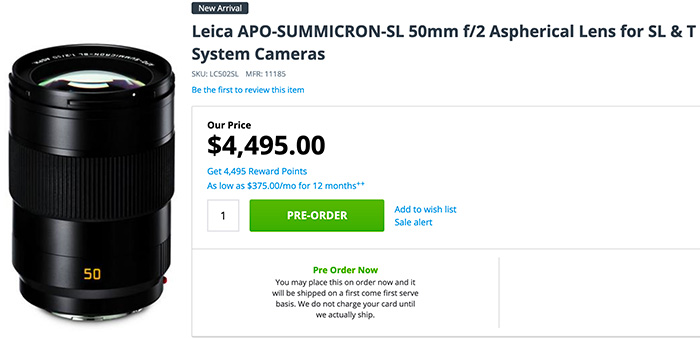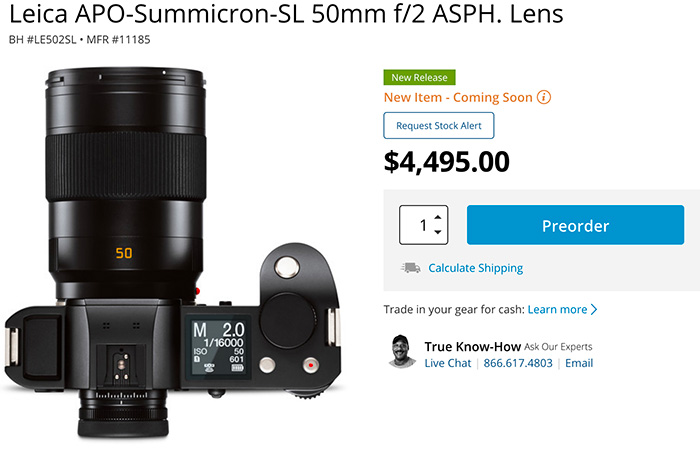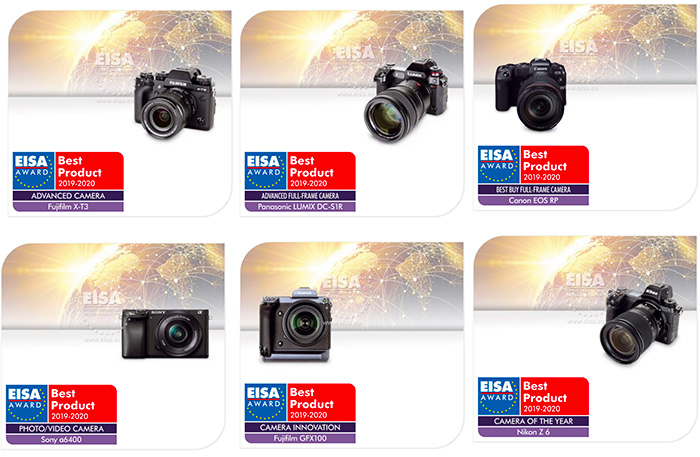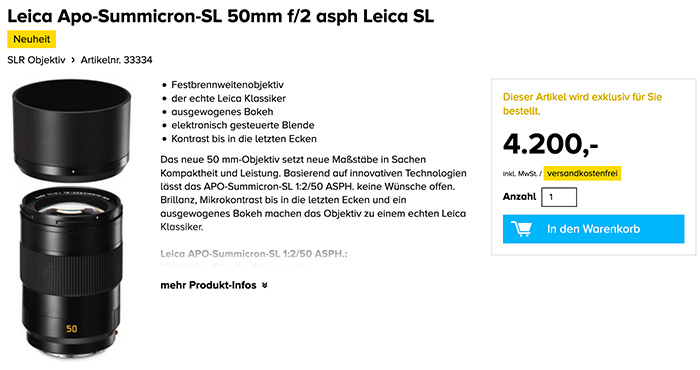Panasonic announces the new S1H Sony “killer”
Panasonic has officially announced the S1H. A full coverage can be seen at L-rumors.com. All you have to know is that this is the official Sony A7sII killer….clickbait clickbait :)
Jokes aside this is a serious hybrid camera! Nothing wrong as far as I can see….except of course the usual crappy autofocus. But if you don’t care about that the S1H is a magnificent camera!
But I am sure we will only have to wait til September/October to see Sony’s answer to this camera…and they will come with quite some BIG new features trust me ;)
Preorders:
Panasonic S1H at Amazon, BHphoto. Adorama. FocusCamera. Park UK.
Panasonic 24-70mm f/2.8 S lens at Amazon, BHphoto. Adorama. FocusCamera. Park UK.
Panasonic 25mm f/1.4 MFT II lens at BHphoto. FocusCamera. Park UK.
Note: To not upset the MFT folks they also announced an updated 25mm II lens :)
